The diverse history and culture of the island can be experienced up close in numerous museums in Mallorca. A wide variety of museums can be found in Palma de Mallorca, the island’s capital. However, there are also several beautiful museums worth visiting outside the capital city, whether with or without children. Here, I present a selection of what I consider to be the most interesting exhibitions.
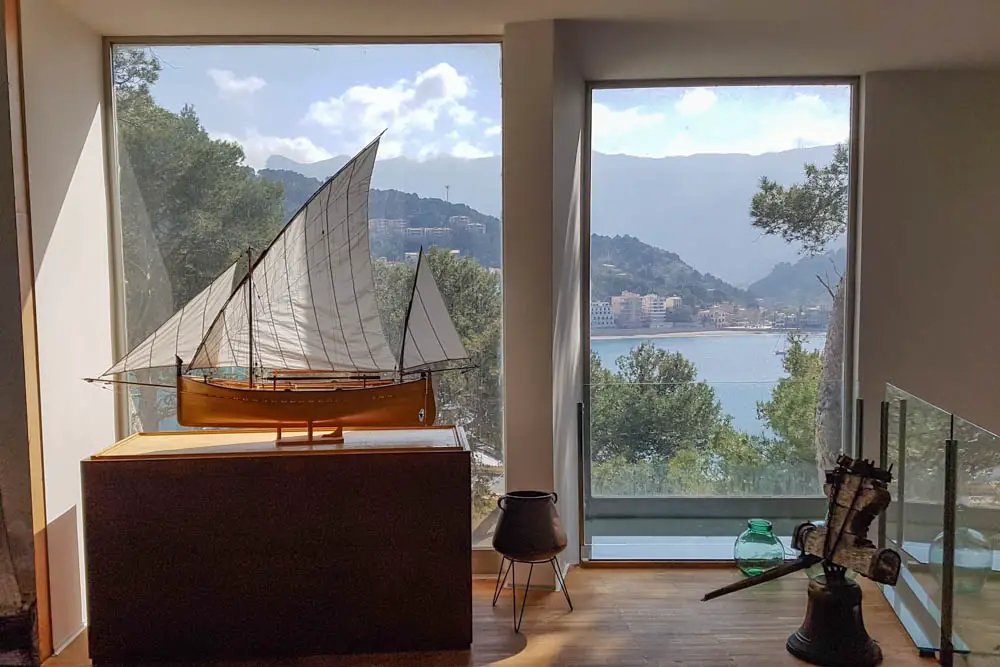
Transparenzhinweis: Einige Links in diesem Beitrag führen zu externen Buchungsmöglichkeiten. Bei einem Kauf erhalte ich eine kleine Provision, ohne dass sich der Preis für dich ändert.
The museum landscape of Mallorca is incredibly diverse. In addition to the obligatory art museums, there are also numerous open-air museums, architectural excavation sites, and even a fairy tale museum. We’ll reveal which museum in Mallorca is worth a visit, and where children, in particular, can have fun.
- Museum Day in Mallorca
- Museums in Palma de Mallorca
- Other Museums in Mallorca
- Fundacion Jakober near Alcúdia
- Chopin Museum in Valldemossa
- Joan Miró Foundation in Cala Major
- Can Prunera in Sóller
- Pottery Museum in Marratxi
- Fairy Tale Museum in Artà
- The Manor Els Calderers
- Maritime Museum in Sóller
- Ethnological Museum in Muró
- Natural History Museum in Sóller
- Museo del Calzado y Piel: Museum of Footwear and Leather in Inca
- Monastery of Miramar
- Tennis Museum Rafa Nadal XPerience
- All Museums in Mallorca for Children
- Read More
Museum Day in Mallorca
With few exceptions, admission fees to most museums in Mallorca are affordable. Children often enjoy free entry to the exhibitions. However, an even more budget-friendly option is available every year on May 18th, the International Museum Day. Established in 1977, this day is celebrated worldwide. Many museums in Mallorca host special events, and admission is free for all visitors.
Similarly, many museums in Mallorca managed by the city or regional government offer free admission on Balearic Day, celebrated annually on March 1st.
Museums in Palma de Mallorca
As the island’s capital, Palma de Mallorca naturally boasts numerous museums. Among them are very traditional institutions that delve into the history of the island and exhibit archaeological artifacts from various epochs. But you’ll also find collections of modern art and works by contemporary artists.
Es Baluard: Museum of Modern Art
Es Baluard was once a fortification to protect the city and part of the city walls. Over the years, it fell into disrepair until the city initiated its renovation and housed the Museum of Modern Art within it.
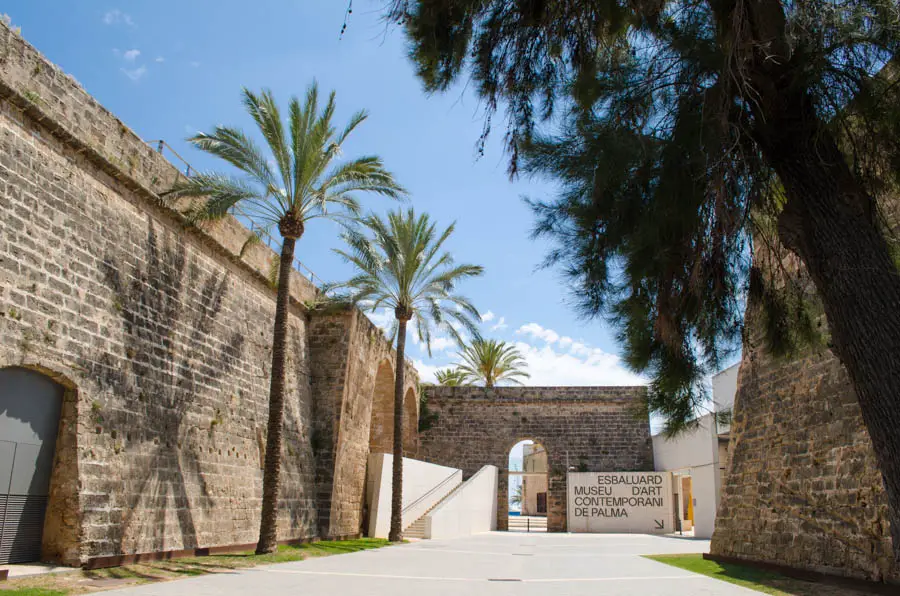
In addition to the permanent and rotating exhibitions, the building itself is fascinating for children. You can climb up to the battlements and stroll between the crenellations there. Moreover, from here, you can enjoy some of the most beautiful views of the harbor and the Cathedral of Palma. A small bar invites you to linger.
Almudaina Museum
Opening hours: Tuesday to Sunday, 10 am to 7 pm, April to September until 8 pm. Admission: €7, children up to 16 years €4, children under 5 years free. Tickets are available here.
The Almudaina Royal Palace, located directly next to the Cathedral, has always been the seat of Christian kings and Arab viziers. In the past, the sea reached directly up to the building, and there was a dock underneath the palace. Today, the Almudaina still serves as the official residence of the king, although he is only present here for very important official matters.
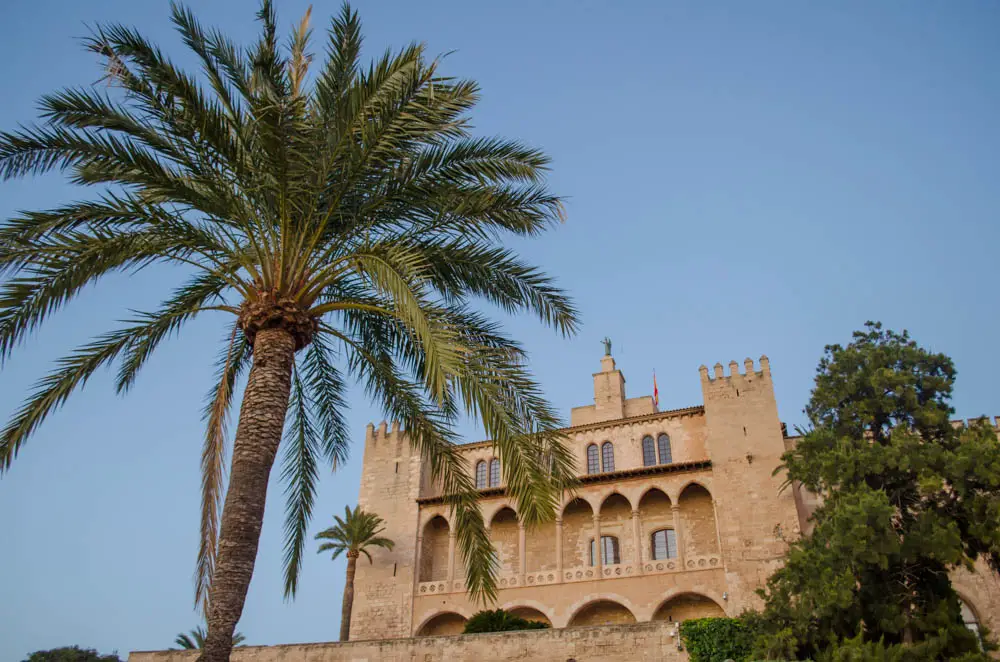
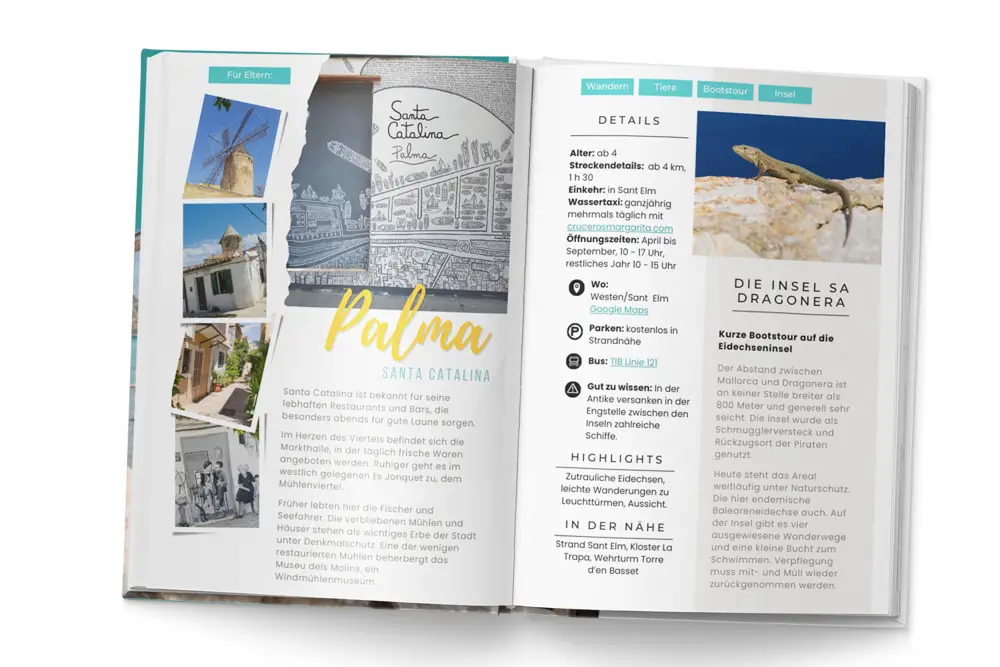
Du liebst diese Tipps?
Entdecke alle kinderfreundlichen Aktivitäten, Strände und exklusive Rabatte in meinem Mallorca-Guide.
The palace has undergone several renovations, with the last one taking place in 1963. Little remains of its Arabic origins, but remnants of Roman rule are visible. For a small fee, visitors can explore the Gothic chapel, the inner courtyard, the baths from the Arab period, and the throne room.
Fundación Joan March
Opening hours: Monday to Friday, 10 am to 6:30 pm, Saturday 10:30 am to 2 pm, Admission: Free, www.march.es
The Joan March Foundation is located in an old mansion from the 17th century in the lower part of the Old Town, not far from the Cathedral La Seu. It houses a museum and a cultural center that exhibits contemporary Spanish art and occasionally hosts other exhibits.
Among the represented artists are Joan Miró, Pablo Picasso, and Salvador Dalí. The rotating exhibitions feature artworks and photographs from the 20th century. Also housed in the foundation are a library and a small café.
Military Museum Sant Carles
The Museo Histórico Militar de San Carlos is one of the lesser-known historical buildings in Palma. The former military fortress is located on the western dock of the port and, in addition to numerous military exhibits, offers a great view over the Bay of Palma.
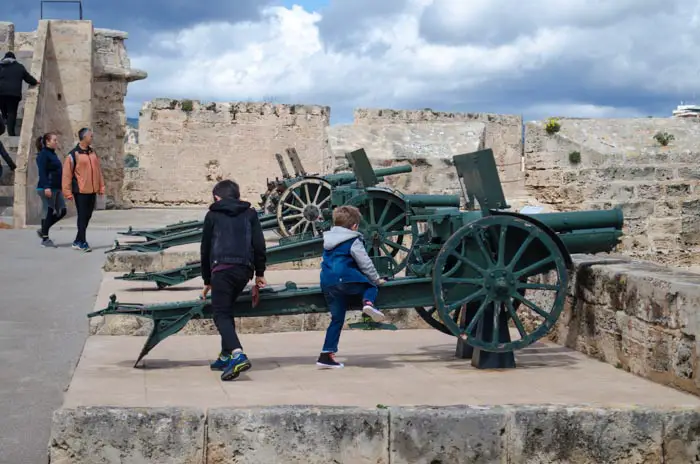
In addition to the exhibition featuring weapons from all continents and epochs, the building itself is also very interesting. There are many things that especially captivate children. The outdoor area is extensive, and there is a small bar. Admission is free.
Sculpture Exhibition at Castell de Bellver
The Bellver Castle is situated in the city amidst a small pine forest, serving as a city park. It was completed in 1310 and thereafter was seldom used as a defensive point. Instead, it became a summer residence, refuge during the plague, and above all, a prison.
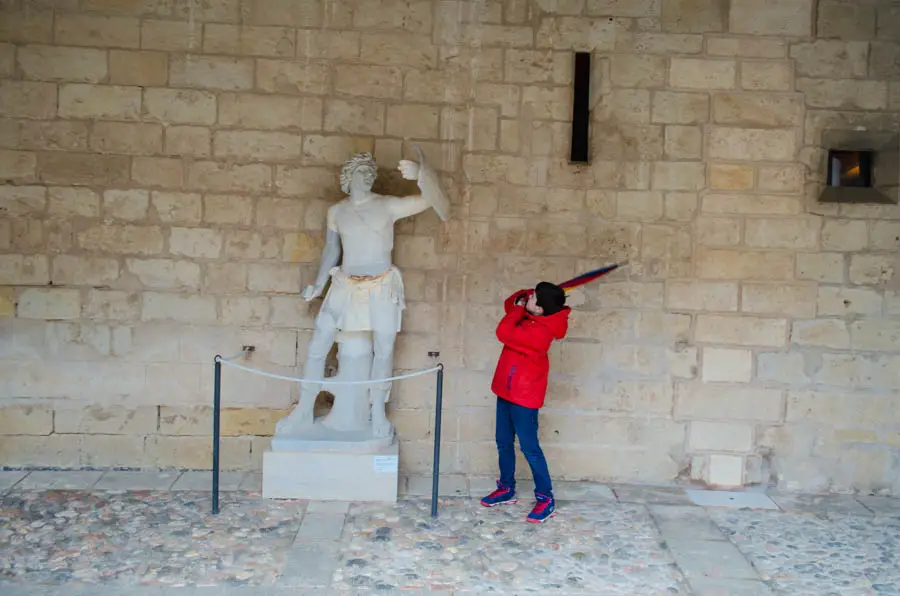
One of the most famous inmates was the intellectual Antoni Despuig, whose collection of classical sculptures is part of the exhibition. In addition, housed within the castle walls is the Museum of City History. For children, the latter may be somewhat dull. However, the castle and its surrounding grounds offer many opportunities for a few enjoyable hours. Above all, the view of the city is breathtaking.
Caixa Forum at the Gran Hotel
Opening hours: Monday to Saturday 10 am to 8 pm, Sunday 11 am to 2 pm, Admission: €6, Children under 16 free, caixaforum.org
The Gran Hotel is one of the most significant modernist buildings in Palma and houses the cultural center Caixa Forum. Inside, you’ll find rotating exhibitions from various art epochs as well as the permanent collection of works by the painter Hermen Anglada Camarasa.
Regularly, Caixa Forum also hosts activities and exhibitions specifically tailored for children. The last exhibition focused on the art of animation in Disney and Pixar films. Currently, the theme revolves around pharaohs. Workshops are regularly held on weekends.
Diocesan Museum Palma
Church art might not necessarily excite children, but the Museum of Church Art in Palma manages to do just that, at least for the local children. Not necessarily with the collection of religious art, but with a stuffed crocodile, who shows up at our scavenger hunt through Palma, as well.
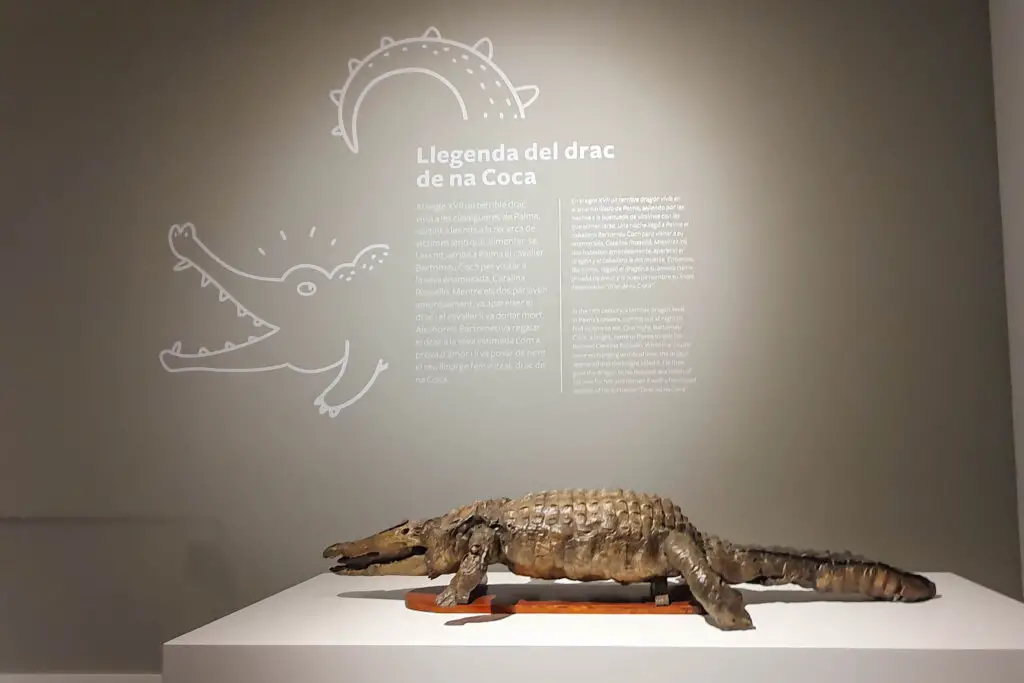
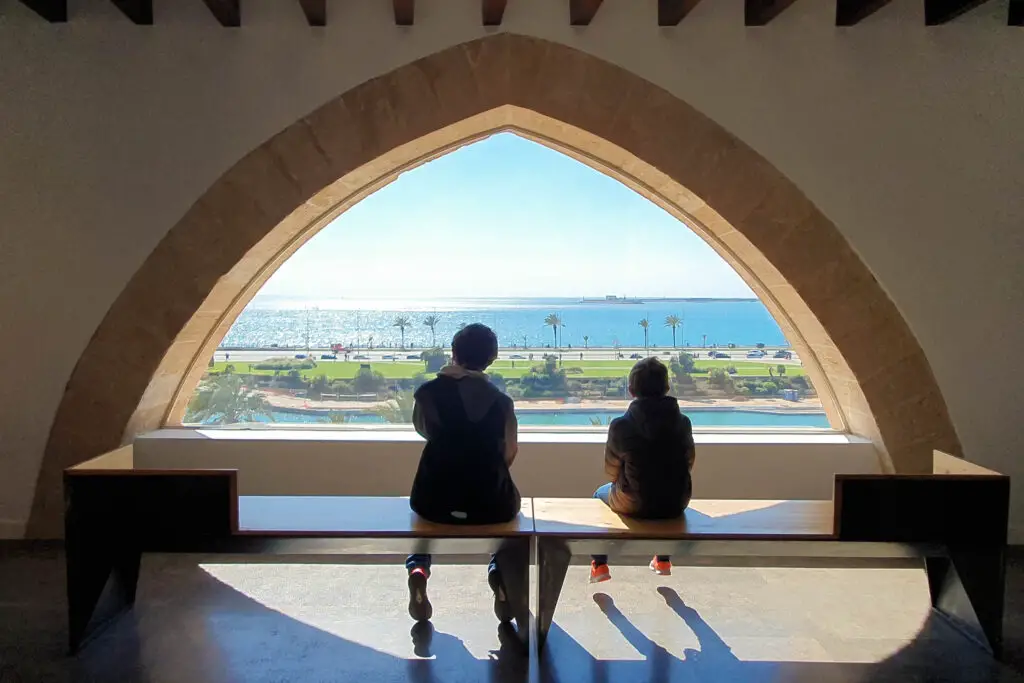
The story behind it is one of the most famous legends of Mallorca. The crocodile is known as the Drac de na Coca. The poor animal apparently arrived in the city on a trading ship and lived in the sewers. The people of Palma mistook it for a dragon. The knight Coc killed the supposed beast and gave it to his fiancée. It wasn’t until years later that it ended up in the museum.
Museum of Mallorca
Located in a Baroque building near the Arab Baths of Palma, you can embark on a journey through the history of Mallorca here. The journey begins in prehistoric times and continues through to the 19th century. The rooms are arranged chronologically, showcasing significant artistic and archaeological works from Mallorca’s prehistory, the Roman occupation, late antiquity, the Islamic siege, the Baroque period, and modern times.
In addition, there are rotating exhibitions offered alongside many educational and recreational activities. The museum also includes a library, a photo collection, and a workshop for restoring old objects.
Other Museums in Mallorca
Fundacion Jakober near Alcúdia
Opening hours: Monday to Saturday, 10 am to 1 pm and 2:30 pm to 6 pm; the park is open at noon. Tickets available here.
The Jakober Foundation, also known as the Sa Bassa Blanca Museum, is a masterpiece of art and nature and a great destination for a day trip. Outdoors, amidst the mountains and the sea, you embark on a journey into the past of many cultures.
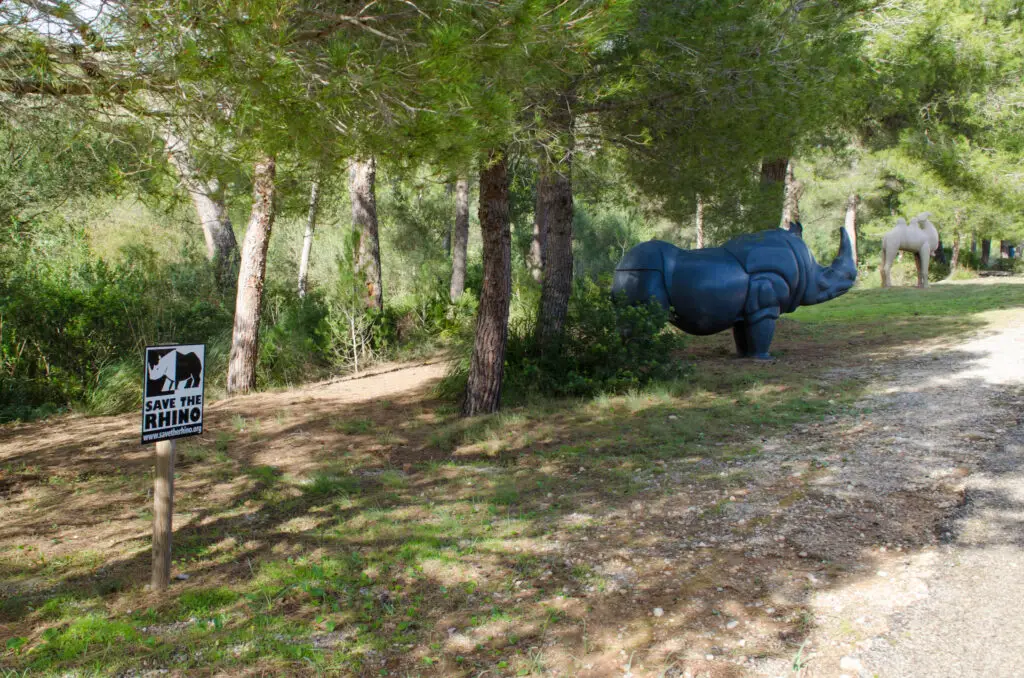
The museum presents in its own unique way a collection of world art, including a collection of old children’s portraits and objects from Asian and African cultures. In addition to the exhibition rooms, there is the medieval walled garden, home to more than a hundred varieties of roses.
Most interesting for children is undoubtedly the sculpture garden, where familiar and exotic animals line up alongside very imaginative creatures.
Chopin Museum in Valldemossa
The Charterhouse of Valldemossa is one of the most visited buildings in Mallorca, all because Chopin and his lover George Sand stayed here for a few months in the winter of 1882. In the monastery cells where the two lived at that time, numerous exhibits, sheet music, and photographs of them can be found.
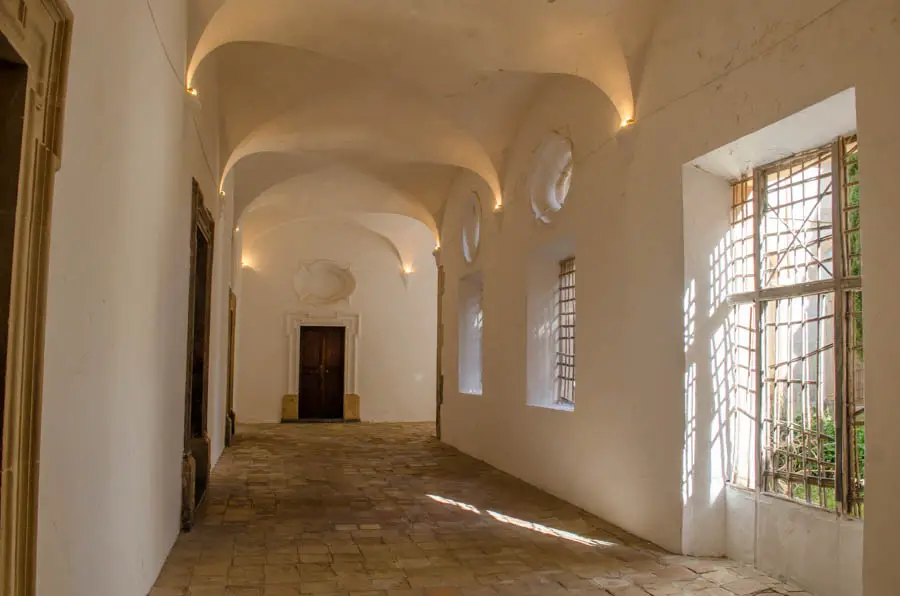

Du liebst diese Tipps?
Entdecke alle kinderfreundlichen Aktivitäten, Strände und exklusive Rabatte in meinem Mallorca-Guide.
Almost more interesting than the rooms of the two celebrities is the exhibition about the life of Archduke Ludwig Salvador and the old monastery pharmacy, where numerous old bottles of equally old medicine can still be found.
Joan Miró Foundation in Cala Major
Opening hours: Tuesday to Saturday, 10 am to 6 pm, in summer until 7 pm, Sunday and holidays 10 am to 3 pm, buy tickets here.
The foundation of the Catalan painter Joan Miró is housed in his former residence and studio in Cala Major. It stems from Miró’s desire to perpetuate his artistic legacy and preserve his workshops. Many of his paintings, drawings, prints, and sculptures created between 1908 and 1981 can be found here.
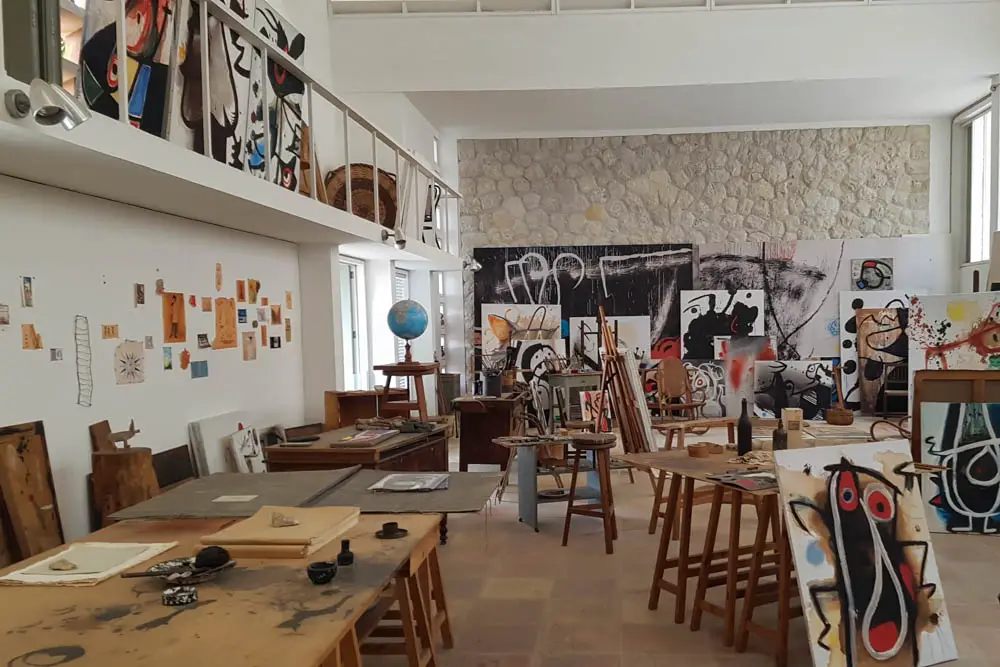
The museum is spread across three separate buildings. One of them is an 18th-century Mallorcan house, which housed Miró’s studio for painting and sculpture. The second building is a studio where replicas of his works can be found. The main building was inaugurated in 1992.
Can Prunera in Sóller
Opening hours: Tuesday to Sunday, 10:30 am to 6 pm, daily until 6:30 pm in summer, Admission: €5, Students €3, Children under 12 free.
Can Prunera is one of the most important modernist buildings in the city of Sóller. Inside, parts of the original furniture are preserved. However, the architecture takes center stage, with its curved, floral forms and the unique spiral staircase inside.
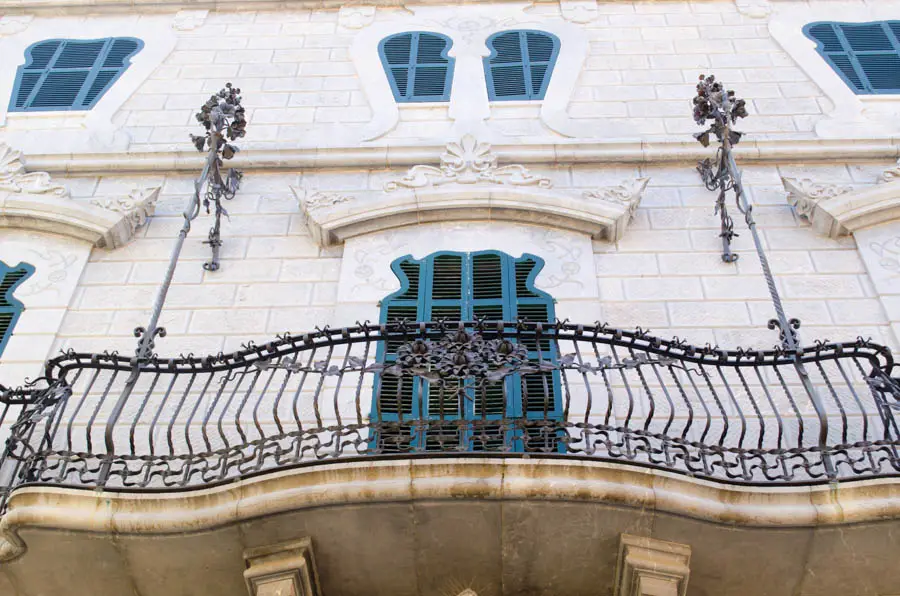
On the second floor, the exhibition “From Modernism to the 21st Century” is housed, featuring a collection of paintings and sculptures, including works by Miró and Picasso, who met in Sóller.
On the first floor, you’ll find the “botigues,” former outbuildings of the estate, an old kitchen, an oil mill, and other storage rooms. The garden is also accessible, featuring a collection of sculptures and places to relax.
Pottery Museum in Marratxi
At the Museo de Fang in Marratxi, you embark on a journey through the tradition of ceramics in Mallorca. The museum showcases all techniques and forms from various cultures, with a focus on the local pottery tradition. Housed in the restored mill El Molí de Sa Cabaneta.
The collection consists of 900 exhibits, approximately 400 of which are traditional ceramics. The remaining pieces are artistic works. Mainly, you’ll find many kitchen utensils and toys here. Of course, the Siurell cannot be missing, a traditional clay whistle that is often given to children. Typically, it takes the form of a shepherd, painted white, and decorated with red and green stripes.
Fairy Tale Museum in Artà
Mallorca has its own unique folklore and many fairy tale characters whose stories unfold in many tourist-relevant locations. We continuously strive to incorporate these stories into our travel information. Bundled together, you’ll encounter the personas of Mallorcan folklore in an old townhouse in Artà.
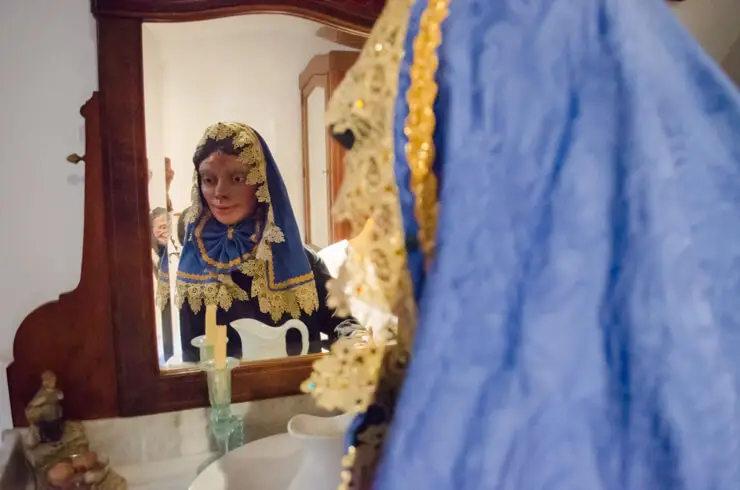
Spread across several rooms, giants, witches, princesses, and ordinary people stand, lie, and sit. The figures are made of papier-mâché. There is a companion booklet that tells the respective legends in English as well.
The Manor Els Calderers
Tickets: Book here.
Among the many manor houses that can be visited in Mallorca, Els Calderers is one of the most beautiful. This is because it doesn’t feel like a museum at all. Real animals live in the stables, there is plenty of outdoor space to play or relax, and even inside the house, it feels like the residents have just left.
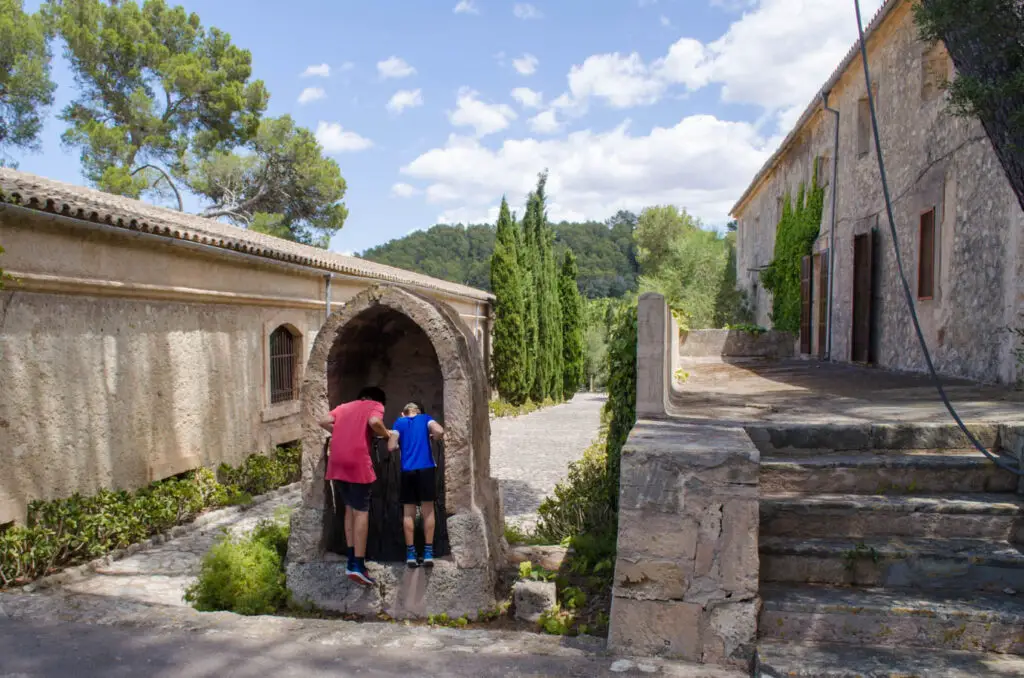
Numerous items, photos, weapons, clothing, and books are almost casually scattered around. Wine bottles with thick layers of dust are stacked in the wine cellar, and in the gentleman’s room, all that’s missing is a smoking pipe of a gentleman to feel transported back to the old times.
Maritime Museum in Sóller
In Port de Sóller, the sea has always been the most important element. It was the only access to Sóller for a long time, a source of food, and a workplace for many. It’s no wonder, then, that the stories of these “people of the sea” (gent de la mar) must be preserved somewhere.
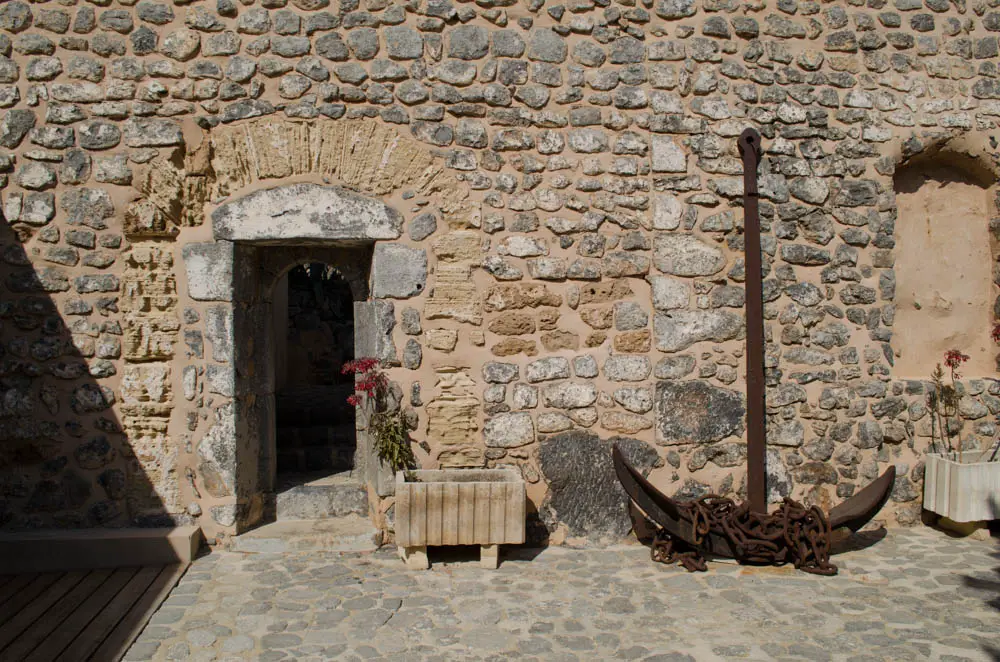
They have found accommodation in an old oratory above the harbor. There, you can find everything related to navigation and the sea. Old cargo papers, compasses, orange crates, and video messages from recent times. Admission is free.
Ethnological Museum in Muró
Opening hours: Tuesday to Saturday, 10 am to 3 pm, Thursday 5 pm to 8 pm, Sunday 10 am to 2 pm, closed in August.
In the heart of the island, in Muró, you’ll find the ethnological section of the Museum of Mallorca, showcasing traditional products and professions of the island. The museum is housed in an old house. Agricultural tools and traditional ceramics are displayed in two buildings. You can also find an old pharmacy.
Natural History Museum in Sóller
Tickets: Reserve here.
The existence of the Natural History Museum in Sóller has rather practical reasons. The numerous natural scientists of the Balearic Islands long lacked a central meeting point where they could store their findings and examine others’. A founded association brought the museum to life, which includes, alongside the permanent exhibition, primarily fossils, a library, and a conference room.
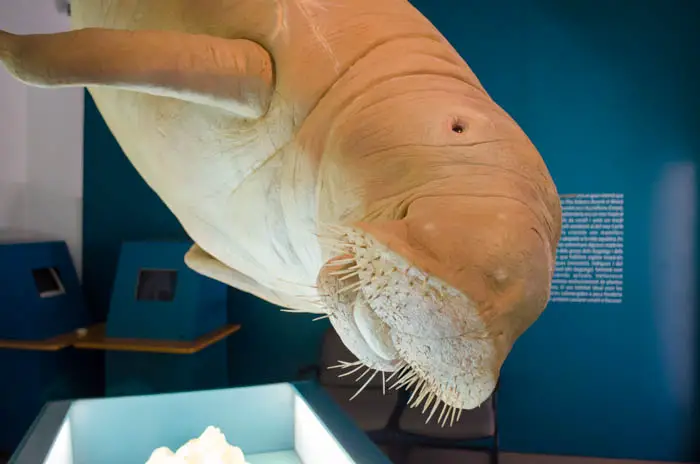

Du liebst diese Tipps?
Entdecke alle kinderfreundlichen Aktivitäten, Strände und exklusive Rabatte in meinem Mallorca-Guide.
The Natural History Museum is surrounded by the botanical garden, which has a similar origin story but is run by a different association. It hosts a wide variety of native plants and is the perfect place to escape the hustle and bustle of the city.
Museo del Calzado y Piel: Museum of Footwear and Leather in Inca
Opening hours: Monday to Friday 10 am – 2 pm and 4 pm – 8 pm, Saturday 10 am – 1 pm.
Inca is an industrial town that has made a name for itself, among other things, with its shoe and leather industry. The museum was inaugurated in 2010. It is located in an old cavalry barracks. On display are old shoes, photographs, paintings, and machines used in production.
The permanent exhibition showcases the history of the shoe and leather industry of the city, which was a significant economic driver of Inca and has accordingly shaped the region.
Monastery of Miramar
The Monestir de Miramar is the oldest manor house in Mallorca and was originally built as a mission school for foreign languages. Later, the Austrian Archduke Ludwig Salvador acquired the property and renovated it extensively. The Archduke is considered the founder of Mallorcan tourism. He was so enchanted by the beauty of Mallorca that he bought numerous properties, created hiking and riding trails, and escorted his noble acquaintances around.
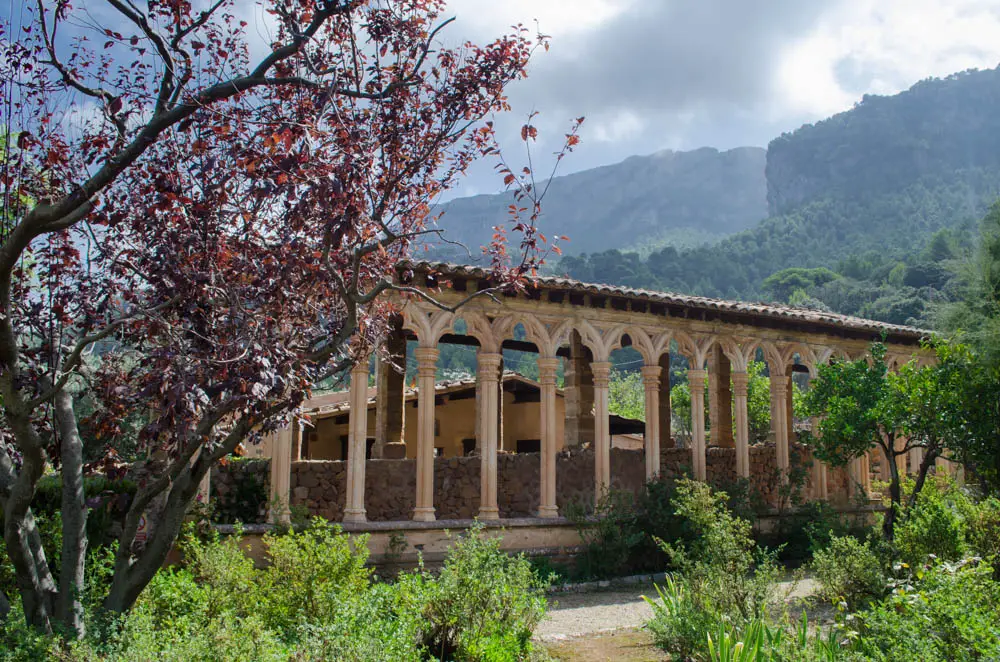
Inside the building, mainly documents and items from Salvador’s possessions are on display. Among them are photographs of his cousin Sissi, the Empress of Austria, who visited him here. Parts of it are also dedicated to Ramon Llull, the monk who inspired the construction of the monastery.
Tennis Museum Rafa Nadal XPerience
Tickets: Admission from €18
Pretty much everyone knows Rafael Nadal. At least here in Mallorca. He is the most famous Mallorcan and despite worldwide success, he has never left his hometown of Manacor. Until a few years ago, he still modestly trained every day at the public tennis courts. It’s said that sometimes he had to clear the court if other players had reservations.
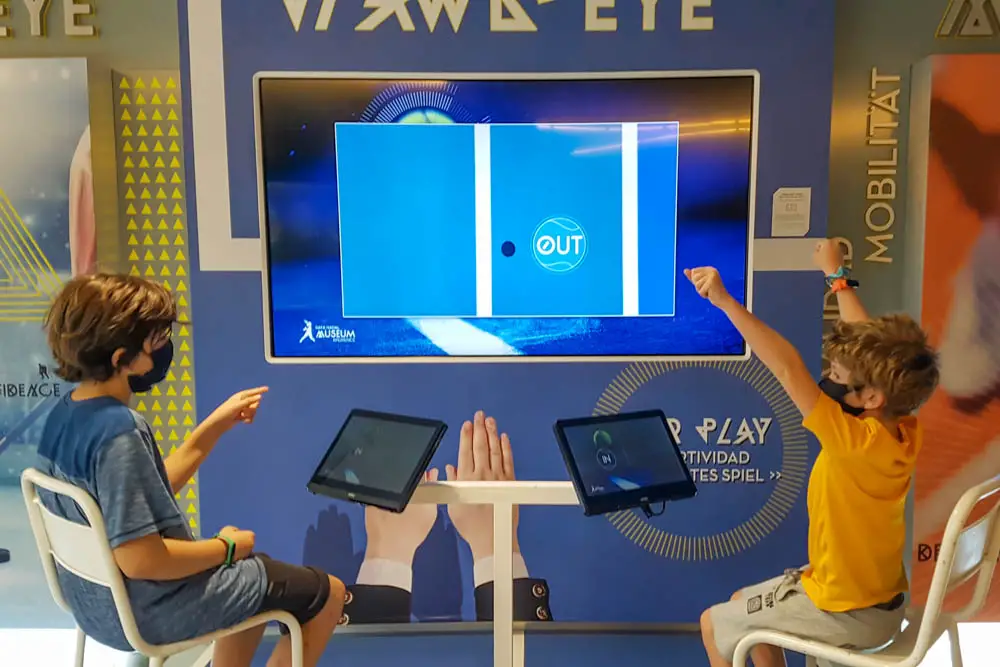
Possibly for this reason, he founded his own tennis academy. Complete with accommodations, tennis courts, a wellness area, an international school, and an exhibition space. The exhibition area is particularly interesting. Not necessarily because his trophies and other memorabilia are displayed there, but because there is a large number of virtual elements.
With VR goggles, all visitors can play tennis against Rafa, or try paragliding, rowing, mountain biking, acting as a tennis linesman, and even racing in Formula 1. This kind of experience is not available anywhere else in Mallorca.
All Museums in Mallorca for Children
Here below is an automatically generated overview of the museums and cultural institutions we have already covered on these pages.
Read More
Want more recommendations like this? Check out more than 100 day trips and excursions on Mallorca.
Planning your holiday on Mallorca:
Book your Flight here
Great Rental Car Offers